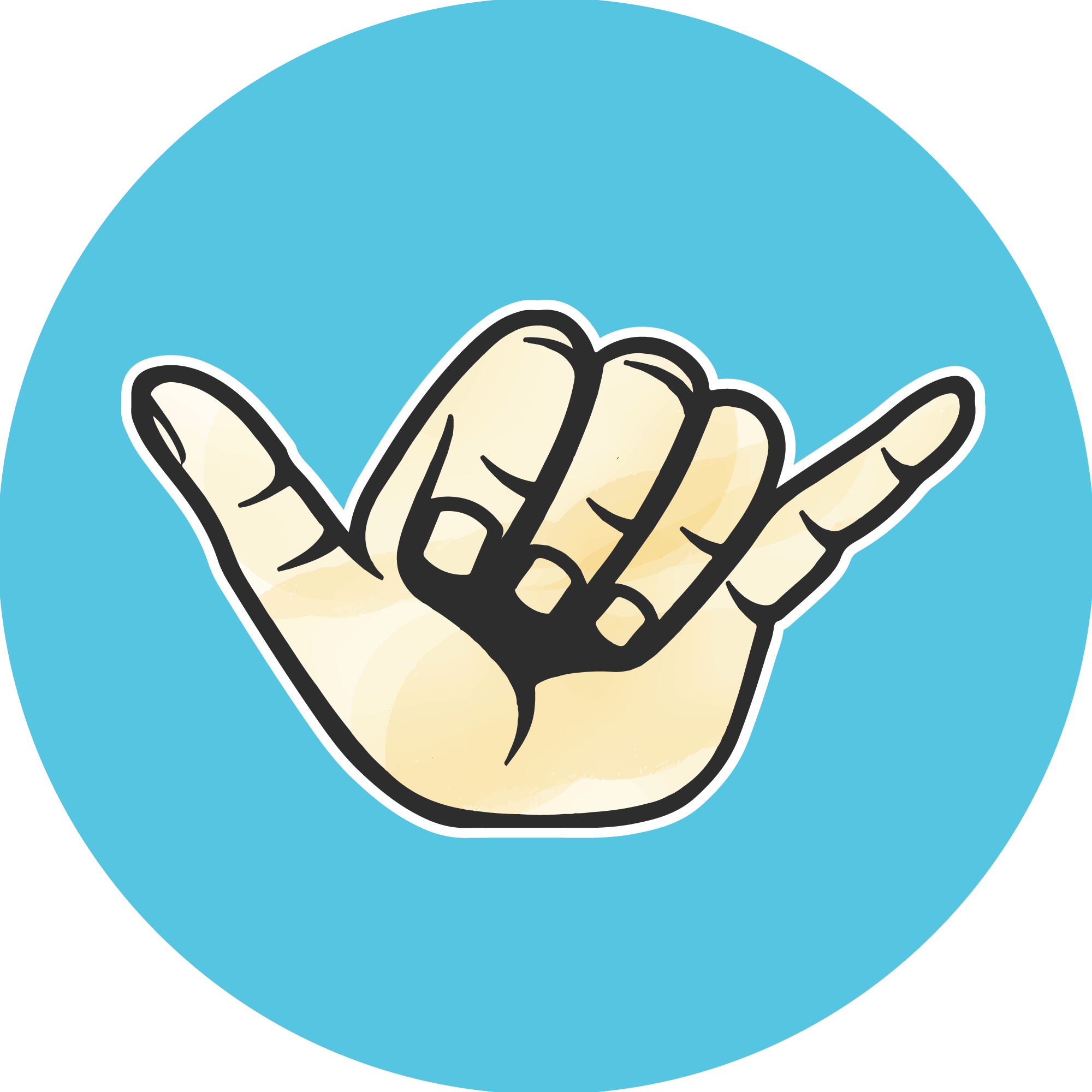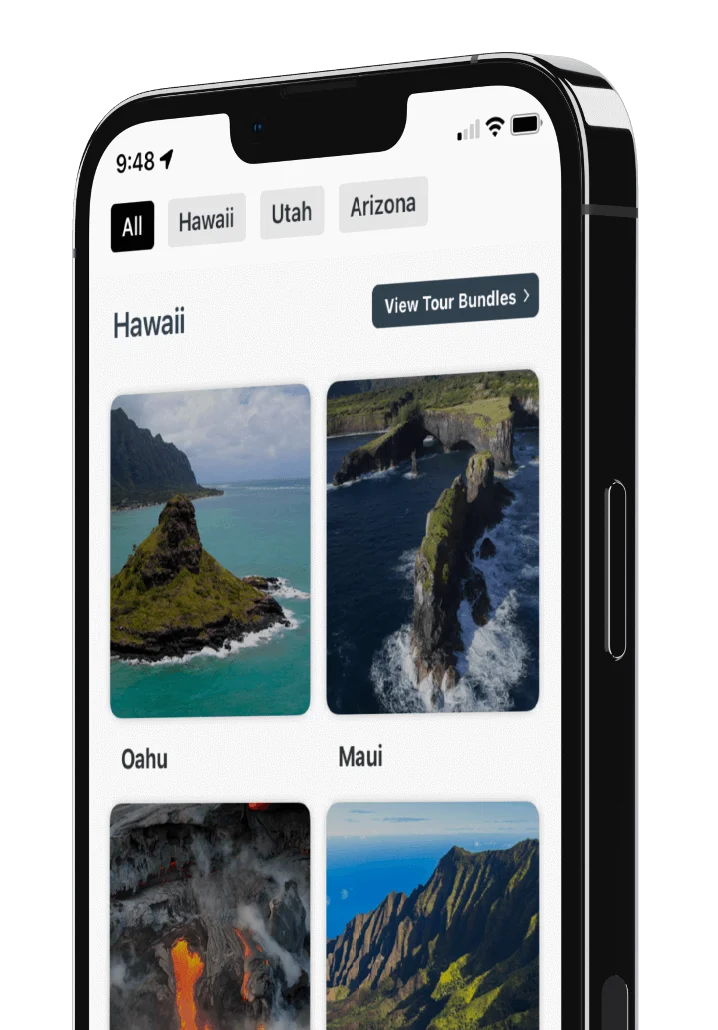
Japanese-Americans during WWII

Listen to audio story here:
After the 1941 bombing of Pearl Harbor, during World War Two, the US government panicked, and imprisoned many of its citizens in internment camps. Their crime? Being Japanese. It was a scary time, but some Americans, like Gordon Hirabayashi, protested against the gross injustice his people experienced. We’ll talk more about him soon, when we get to Prison Camp Road.
Ya still with me? So, you might’ve noticed that we’re already back in the desert… but not quite seeing any Saguaros just yet. In time, friends…
Oh, I almost forgot to mention another interesting character who ya might have heard of: Buffalo Bill Cody! In his time, he was one of the world’s most famous entertainers. He traveled all over North America and Europe with his hugely successful wild west show. What exactly was a wild west show, you ask? Well, in some ways, they were the movies and television shows of their day. Buffalo Bill re-enacted famous events in America’s west, like train robberies, Native American attacks on settlers, and even Custer’s Last Stand, where General Custer and the U.S. military lost a battle to Chief Crazy Horse and the Lakota, Northern Cheyenne, and Arapaho Indians.
While Buffalo Bill Cody is certainly most well-known for his wild west show, he also owned some mines at the base of Mount Lemmon, near the town of Oracle. These mines never made him as much money as his shows, but it’s fun to think of him here in Tucson, because Tucson was about as authentic wild west as you could get!
Okay, we’re getting close to North Prison Camp Road, so let’s get back to our story about Gordon Hirabayashi. Originally from Seattle, Washington, he was an American citizen of Japanese ancestry. A devout Christian and a pacifist, he avoided serving in the war. After the bombing of Pearl Harbor, fear of the Japanese, and racism, fueled the move to put Japanese-Americans into camps so they couldn’t secretly act as agents of Japan. To be clear, this fear has been soundly debunked. Nevertheless, thousands of Japanese-Americans were rounded up, and forced into internment camps, including Gordon Hirabayashi.
At first, he resisted going to the camp, but eventually he turned himself in to the FBI. Hirabayashi didn’t want to live life as a fugitive. Plus, it gave him the chance to appeal the decision to the Supreme Court. The FBI ordered him to report to the camp, but they wouldn’t even pay his bus fare. Ironically, he had to hitchhike all the way from Washington D.C. to get to his own internment camp. Unreal.
And adding insult to injury, when Gordon reached the camp, they didn’t even have his paperwork ready. So they told him to have dinner, see a movie, and come back later…to prison. Can you believe it? That would mean walking or hitchhiking into Tucson and then back again! Just to be imprisoned!
I don’t know about you, but I admire Hirabayashi for not just disappearing into the mountains somewhere…. Instead, he went to the camp and endured many hardships. When the war finally ended, and the camps were closed, the American citizens were released, but the damage had already been done. Japanese-Americans had their rights stripped from them, and some brought lawsuits against the United States government for wrongful imprisonment, a violation of the Constitution.
We’ll continue this saga in a few moments. But for now, if you’re still in the mood to get out and hike, there’s a pretty, but difficult hike comin’ up called Bug Spring trail. It’s just under 10 miles, or about 15 kilometers, in case looong hikes are your thing. You can take pics of cool rock formations, and, if it’s nearing sunset, it’s a pretty special place to watch that ol’ sun go down.
Want to hear more? Check out our Mt. Lemmon Scenic Byway Tour!




















